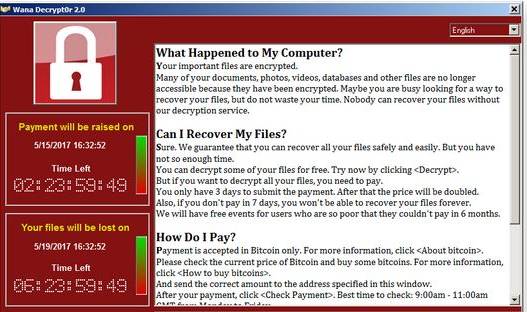Malware and Ransomware
Heads up! For the most up to date information and resources, visit the IT Help Portal to browse a full list of services and instructions.
Malware is malicious software such as computer viruses and ransomware. Malware can infect your device when you click a link or download an attachment in a phishing email, download untrusted software, or neglect system updates.
If your device is infected, you may notice strange behaviors or issues like the mouse cursor moving on its own, repeated software crashes, webcam turns on by itself, or a pop-up message that says you have a virus.
Never click a link in an email or pop-up message that says you have a virus. Only use reputable malware software removal tools to remove or scan for viruses.
What do I do?
University-owned device: Create a ticket or take the affected computer and/or hard drive to the IT Help Desk. Answer the following questions:
- Is there a virus scanner running on the device?
- Is the device patched? What is the patch level?
- Can you replicate the issue to show the Help Desk what is happening?
Personal device: Install and run a reputable malware removal software. If that does not resolve the problem, take your device to the Tech Store Service Center on campus or another reputable computer repair shop.
Ransomware
Ransomware is a type of malware that can lock and encrypt your files and then demand payment for their retrieval.
If your device is infected with ransomware, files on the device may be encrypted and you may get a pop-up message with warnings like “Your system has had a problem. Dial this number for help,” or “Your files are encrypted" with a demand for money by a certain date to get them back.
See an example of a ransomware message.
What do I do?
University-owned device: Do not click on anything. Do not close any windows or take any other actions on the device.
- Disconnect the computer from Wi-Fi, Ethernet, and any other external connections.
- Take a photo of any messages that appear on the screen and then turn off the device.
- Call the IT Help Desk to inform them of the issue and that you are bringing the device to the Help Desk.
- Bring the device (or just the device’s hard drive) to the Help Desk during business hours.
Personal device: Follow the steps for a university-owned device, but instead of bringing the device to the IT Help Desk, take it to the Tech Store Service Center on campus or another reputable computer repair shop.
